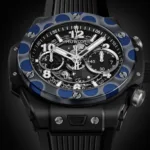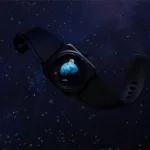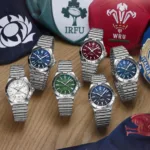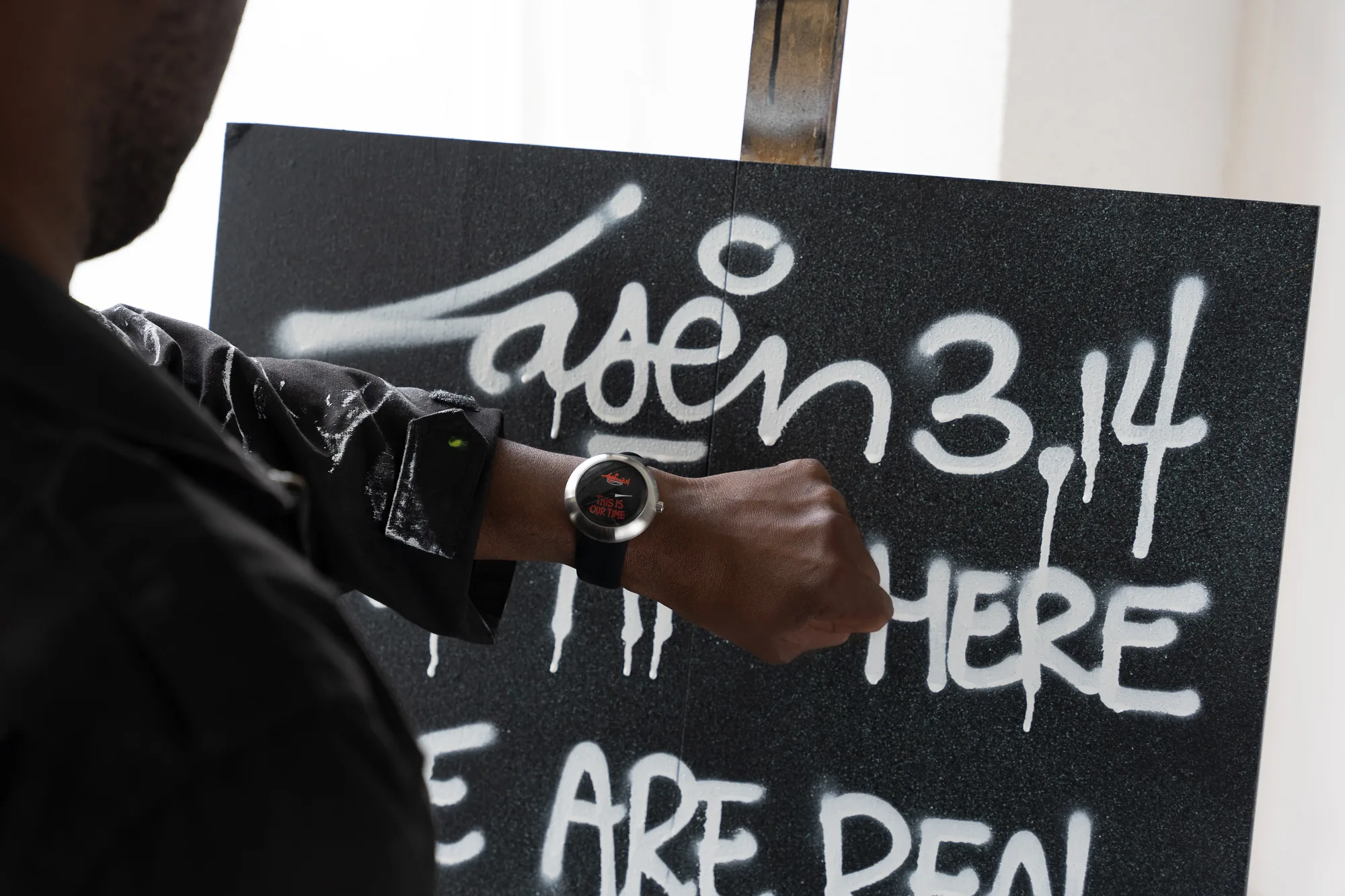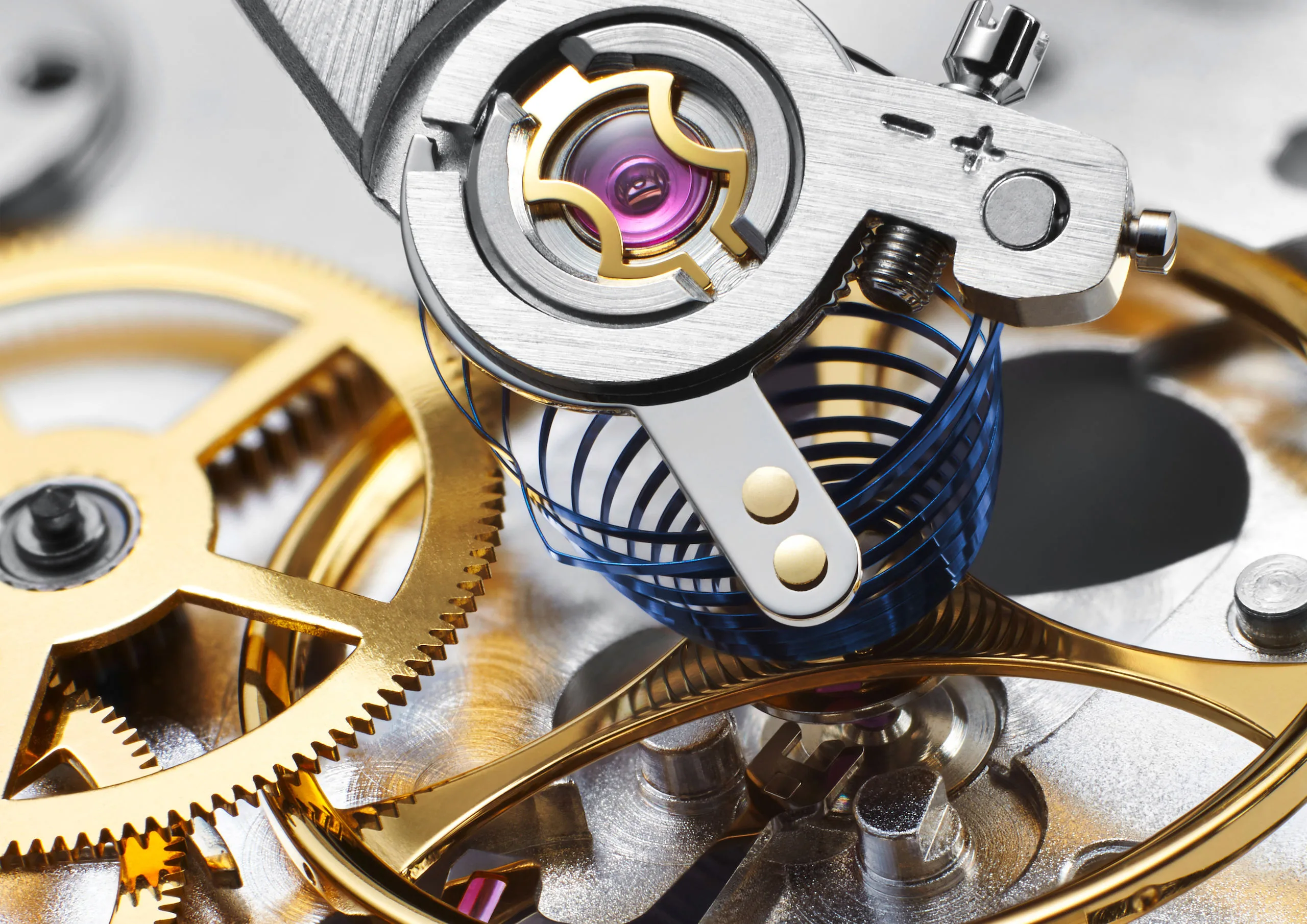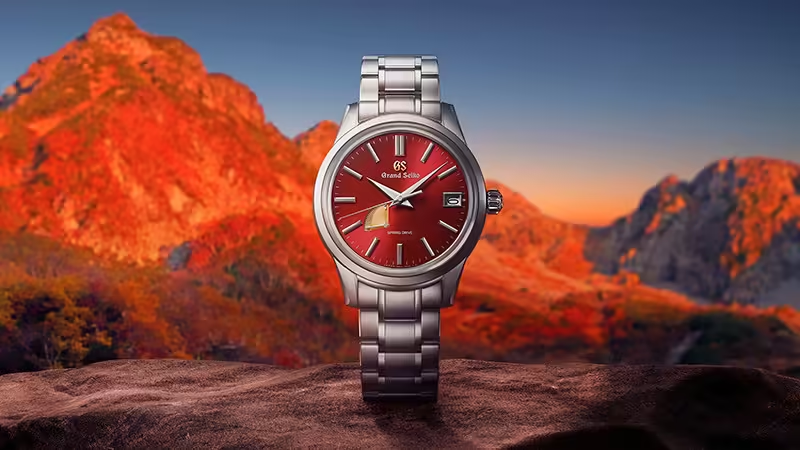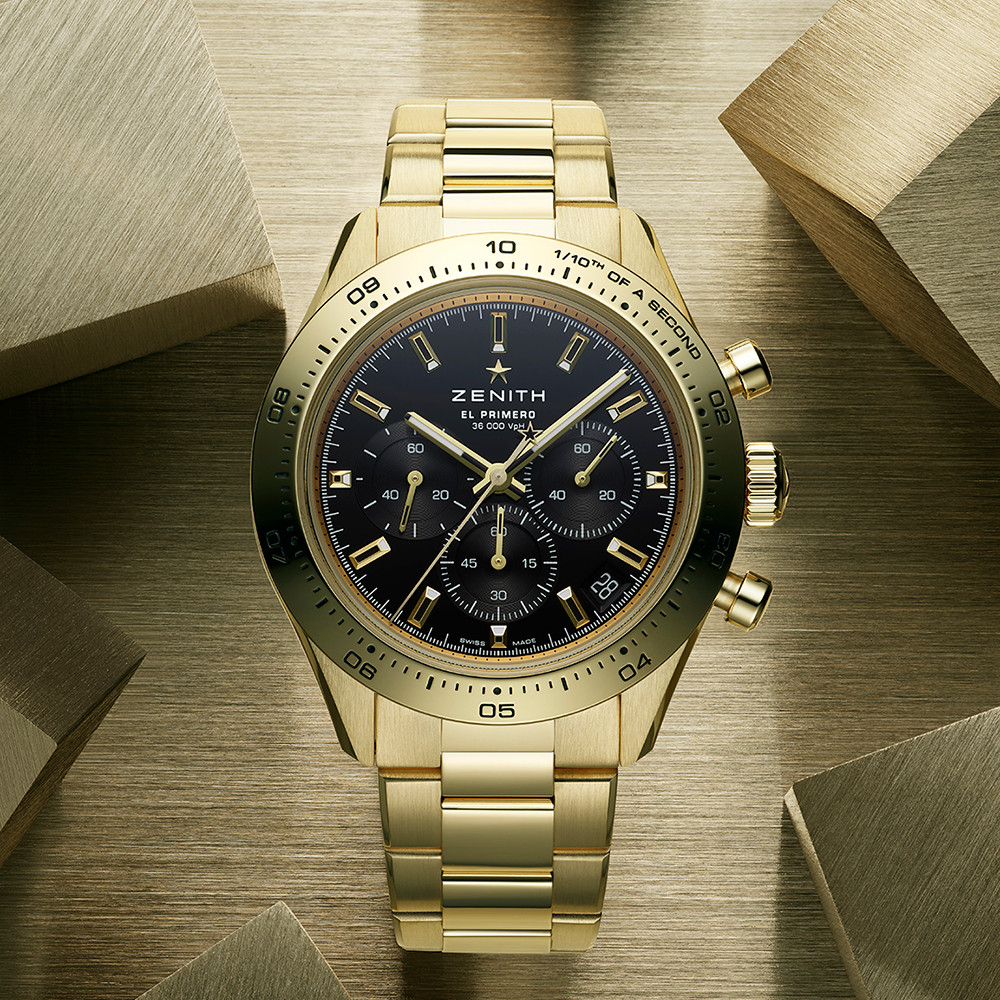Introduction
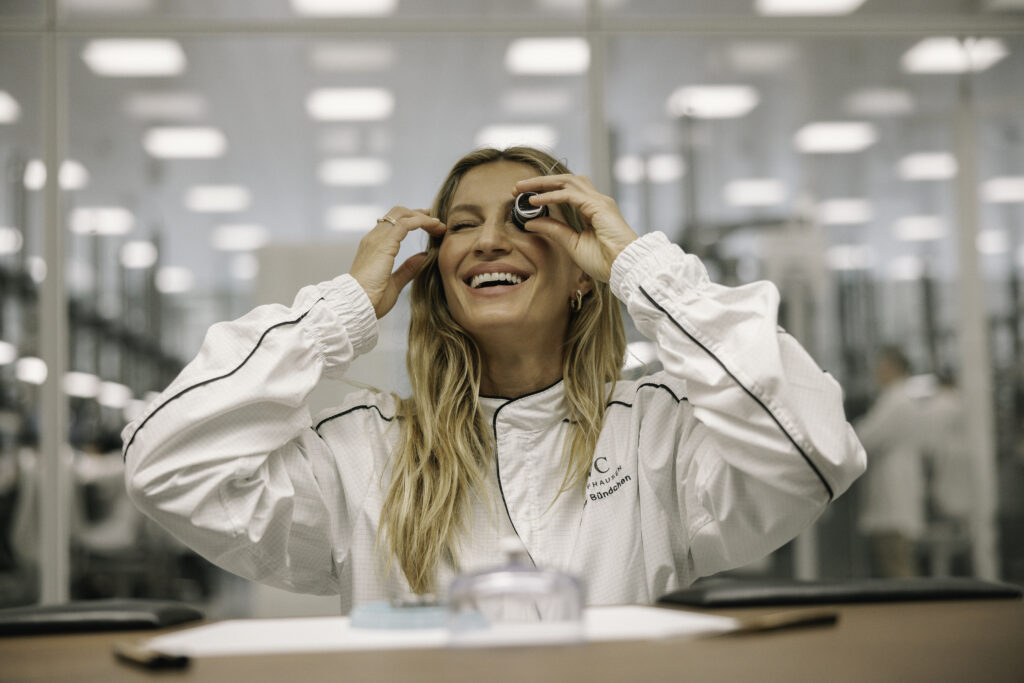
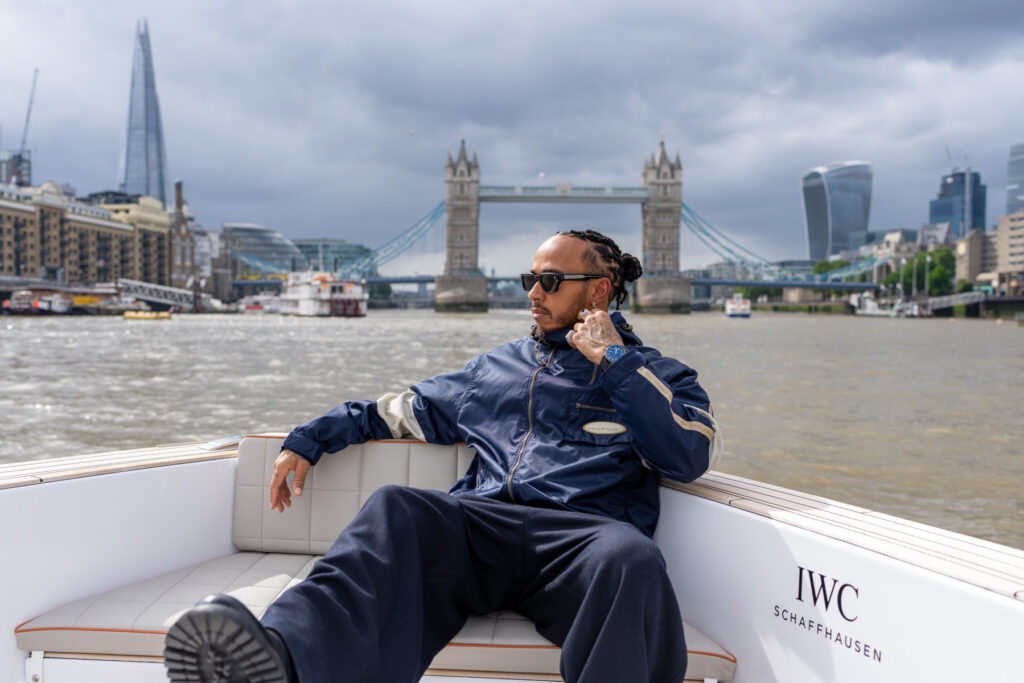
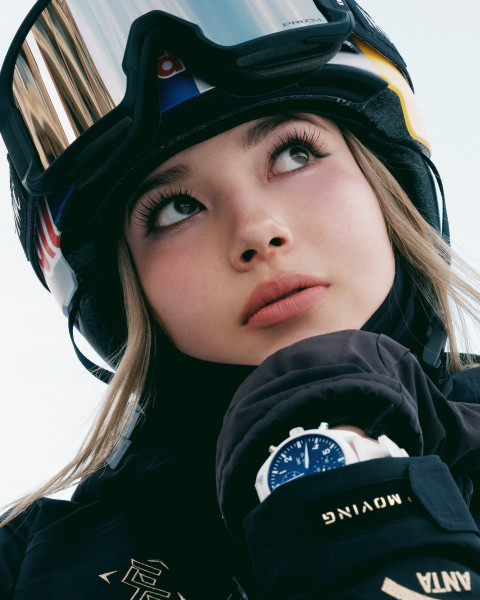
The International Watch Company (IWC), founded in 1868 in Schaffhausen, Switzerland, is renowned for its luxury timepieces that combine precision engineering with sophisticated design. Over the years, IWC has leveraged the power of celebrity endorsements to enhance its brand visibility and global appeal. This essay critically examines IWC’s strategy of associating with celebrities, evaluating how these partnerships have shaped the brand’s identity, marketing approach, and cultural relevance.
The Beginning: IWC’s Traditional Roots and Subtle Celebrity Influence
In its early years, IWC’s reputation was built on the craftsmanship and quality of its watches, appealing primarily to a niche market of horology enthusiasts. Unlike many contemporary luxury brands, IWC initially avoided overt celebrity endorsements, relying instead on its heritage and the inherent quality of Swiss watchmaking. Celebrity associations were more incidental than strategic, a conservative approach that preserved the brand’s exclusivity but limited its reach beyond dedicated watch collectors.
The 1990s: The Emergence of Strategic Celebrity Collaborations
By the 1990s, the luxury market had shifted, and IWC began exploring more strategic partnerships with celebrities. These initial forays were careful and calculated, aligning with personalities who appreciated the art of watchmaking rather than simply lending their fame.
- Quentin Tarantino: The collaboration with filmmaker Quentin Tarantino reflected IWC’s selective approach. Known for his deep appreciation of art and culture, Tarantino’s endorsement of IWC was a natural fit. However, his niche appeal meant that while the endorsement was respected within certain circles, it did little to elevate IWC’s mainstream profile. The lack of broader engagement with commercially influential celebrities limited the impact of such partnerships.
- Kevin Spacey: Before his fall from grace, Kevin Spacey, an Oscar-winning actor, brought intellectual gravitas to the brand. However, his later controversies underscored the significant risks of celebrity endorsements. IWC’s association with Spacey became problematic, highlighting the potential dangers of tying a brand’s image too closely to an individual whose public persona can rapidly deteriorate.
The 2000s: Expanding Influence Through Sports and Culture
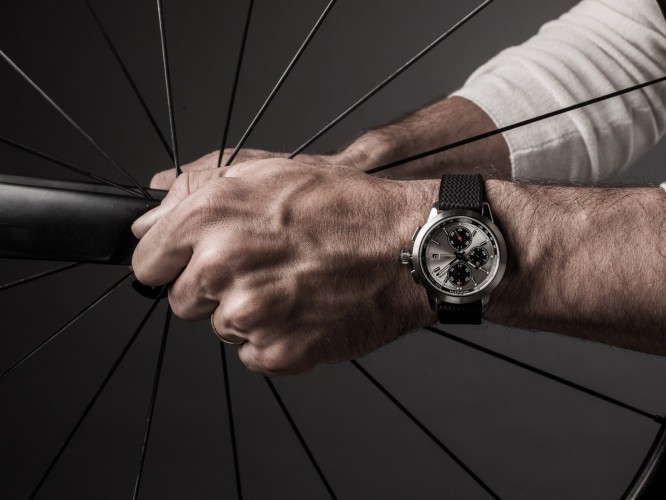
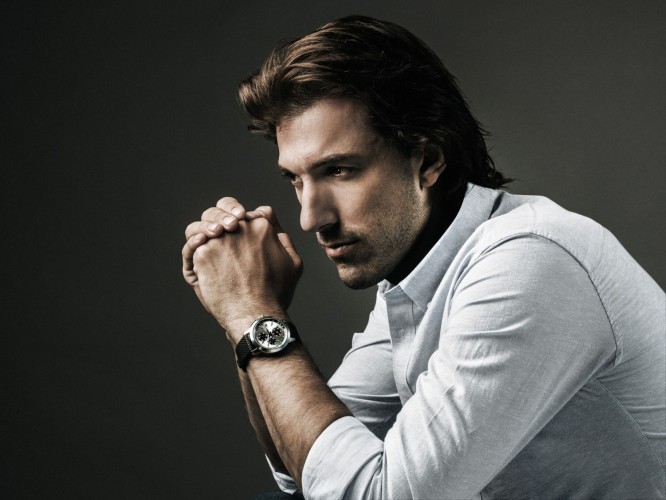
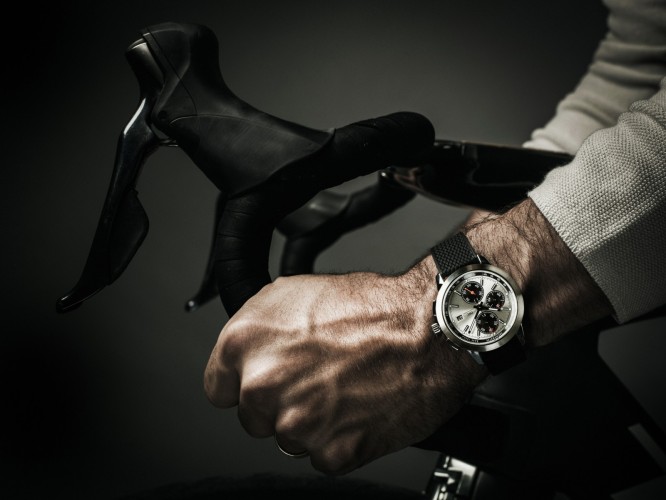
In the 2000s, IWC expanded its celebrity endorsements, aligning with figures from sports, culture, and beyond to broaden its appeal. This period marked a shift towards a more inclusive and diversified approach to celebrity partnerships.
- Cate Blanchett: Cate Blanchett’s endorsement was a strategic move to appeal to a sophisticated female audience. While her association with IWC was successful in positioning the brand as a choice for women who value both elegance and intellect, the broader impact of this partnership may have been constrained by IWC’s historically male-dominated brand image. Blanchett’s influence, while positive, highlighted the challenge of shifting perceptions in a market that still primarily viewed luxury watches as male accessories.
- Boris Becker: German tennis legend Boris Becker, with six Grand Slam titles, became an IWC ambassador during this period. His association emphasized the connection between athletic excellence and precision engineering. However, Becker’s later personal and financial troubles posed risks similar to those seen with Spacey, potentially diluting IWC’s association with success and integrity.
- Fabian Cancellara: The Swiss professional cyclist, known for his precision and endurance, was another significant figure associated with IWC. Cancellara’s reputation as one of the greatest time trialists in history aligned well with IWC’s values of precision and performance. However, the niche appeal of cycling meant that this endorsement, while authentic, had limited impact on IWC’s broader market presence.
- Zinedine Zidane: French football legend Zinedine Zidane joined IWC as an ambassador in the 2000s. Zidane, celebrated for his grace, vision, and leadership on the field, symbolized the values of precision and excellence that IWC sought to embody. His global recognition and sophisticated demeanor helped IWC appeal to both sports enthusiasts and a broader luxury market. However, Zidane’s association also came with complexities, particularly due to the controversial moments in his career, such as his infamous incident in the 2006 World Cup final. This duality highlighted the risks inherent in aligning with multifaceted public figures.
- Kurt Klaus: A legendary figure within the watchmaking community, Kurt Klaus, IWC’s master watchmaker, became an internal celebrity for the brand. His role in developing the Da Vinci perpetual calendar in the 1980s made him an iconic figure in the horological world. Klaus’s deep connection to the brand brought authenticity and credibility to IWC’s image, though his appeal was largely confined to watch enthusiasts. His celebrity status, rooted in expertise rather than fame, highlighted the tension between IWC’s traditional craftsmanship and its modern marketing strategies.
The 2010s: A Focus on Culture, Philanthropy, and Risks of Overreach
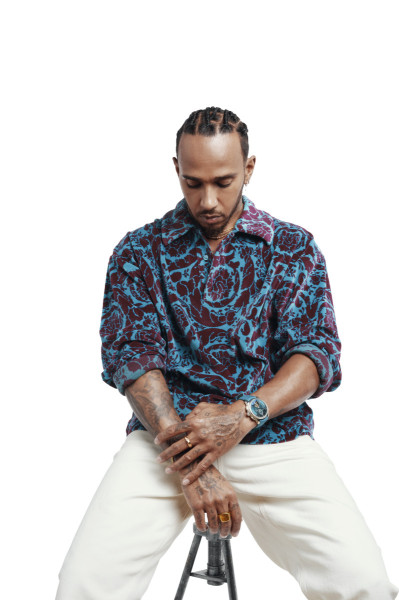
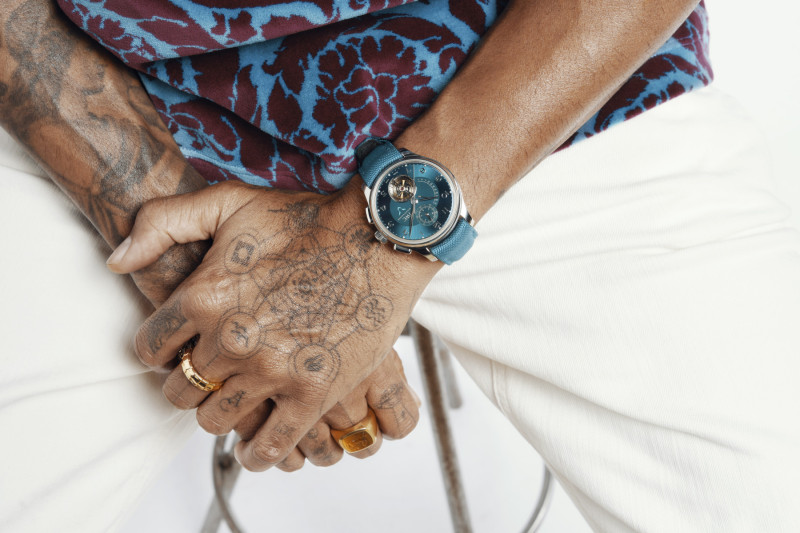
The 2010s saw IWC deepening its connections with celebrities who not only had star power but also stood for values like philanthropy and cultural impact. This strategy aimed to align IWC with a more socially conscious consumer base, but it also introduced complexities and risks.
- Lewis Hamilton: British Formula One driver Lewis Hamilton became an IWC ambassador in the 2010s, bringing with him a reputation for precision, speed, and a distinctive sense of style. Hamilton’s association with IWC was a natural fit, given the brand’s history of creating precision instruments for aviation and motorsport. However, Hamilton’s strong opinions and activism, particularly on issues like racial equality and environmentalism, added layers of complexity to the partnership. While his advocacy aligned with IWC’s growing focus on social responsibility, it also risked polarizing certain consumer segments who might not share his views.
- Bradley Cooper: Bradley Cooper’s involvement with IWC, particularly his appearance in a Super Bowl commercial, marked a bold step towards mainstream visibility. However, the high-profile nature of this endorsement raised questions about the return on such significant financial investments. Cooper’s association brought attention to the brand, but in a market saturated with celebrity endorsements, the overall impact risked being diluted.
- Adriana Lima: Brazilian supermodel Adriana Lima brought glamour and global appeal to IWC. Her involvement in philanthropic efforts aligned with the brand’s socially responsible image. However, Lima’s commercialized celebrity status may have alienated some of IWC’s traditional base of discerning horology enthusiasts, who might view such endorsements as catering too much to mass-market tastes.
- Dev Patel: The British-Indian actor’s endorsement represented a modern, inclusive approach, appealing to a younger, more diverse audience. However, the challenge for IWC was ensuring that such endorsements translated into long-term brand loyalty rather than fleeting attention. While progressive, Patel’s association needed to be part of a broader, consistent strategy to have lasting impact.
The 2020s: Navigating Modern Iconography and the Dangers of Overexposure
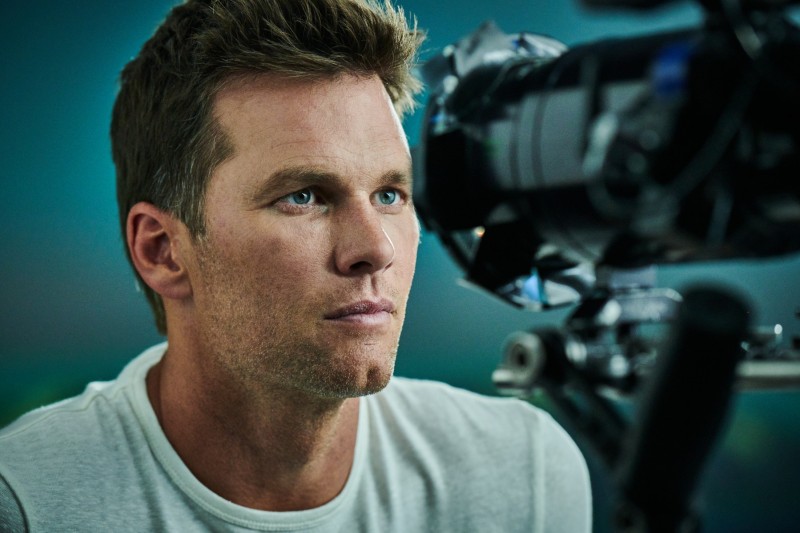
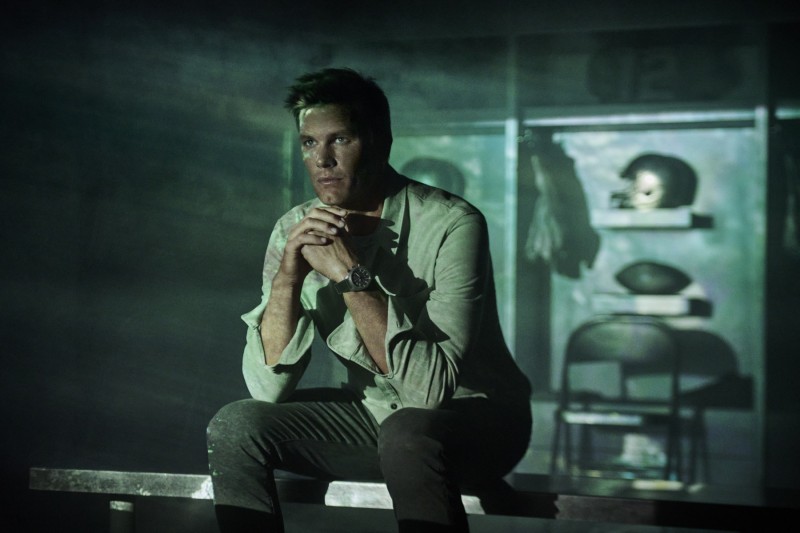
In the 2020s, IWC continues to engage with a range of celebrities, aiming to stay relevant in a rapidly changing luxury market. The challenge lies in balancing the need for visibility with the risks of overexposure and potential misalignment.
- Tom Brady: Tom Brady’s status as a legendary sports figure made him a powerful ambassador for IWC. However, his polarizing public persona and recent controversies related to his career and personal life pose a risk. IWC’s alignment with Brady underscores the ongoing tension between the allure of celebrity endorsement and the potential for reputational damage when a celebrity’s public image shifts.
- Eileen Gu: Eileen Gu, the American-born Chinese freestyle skier and model, represents IWC’s modern approach to celebrity endorsements. As a rising star in both sports and fashion, Gu embodies the values of determination, excellence, and global appeal. Her association with IWC reflects the brand’s efforts to connect with younger, diverse audiences, particularly in the Asian market. However, the challenge for IWC lies in ensuring that Gu’s rapidly rising fame translates into sustained brand loyalty rather than being seen as a temporary trend. Additionally, her dual identity and cross-cultural appeal must be managed carefully to avoid alienating either of her fanbases.
- Emily Blunt: Emily Blunt’s association with IWC continues the brand’s effort to connect with strong, versatile female figures. However, the impact of this endorsement depends on IWC’s ability to consistently engage with female consumers in a meaningful way, beyond just associating with high-profile actresses. The challenge is to ensure that these partnerships resonate authentically with the brand’s broader audience, rather than appearing as token gestures.
Conclusion
IWC’s journey with celebrity endorsements reflects both the potential and pitfalls of this marketing strategy. While the brand has successfully aligned itself with influential figures from various fields, these partnerships have not been without risks. The reliance on celebrity culture has, at times, exposed IWC to reputational challenges, particularly when ambassadors faced personal controversies. Furthermore, the brand’s efforts to diversify and modernize its appeal through celebrity endorsements have sometimes struggled to resonate authentically with its core audience.
As IWC continues to navigate the evolving landscape of luxury marketing, it must carefully balance the allure of celebrity with the need to maintain its heritage and authenticity. Moving forward, the success of IWC’s celebrity partnerships will depend on the brand’s ability to align these endorsements with a coherent and enduring brand narrative, avoiding the traps of overexposure and superficiality.
For more information on IWC’s most current ambassadors, check out IWC.com.
